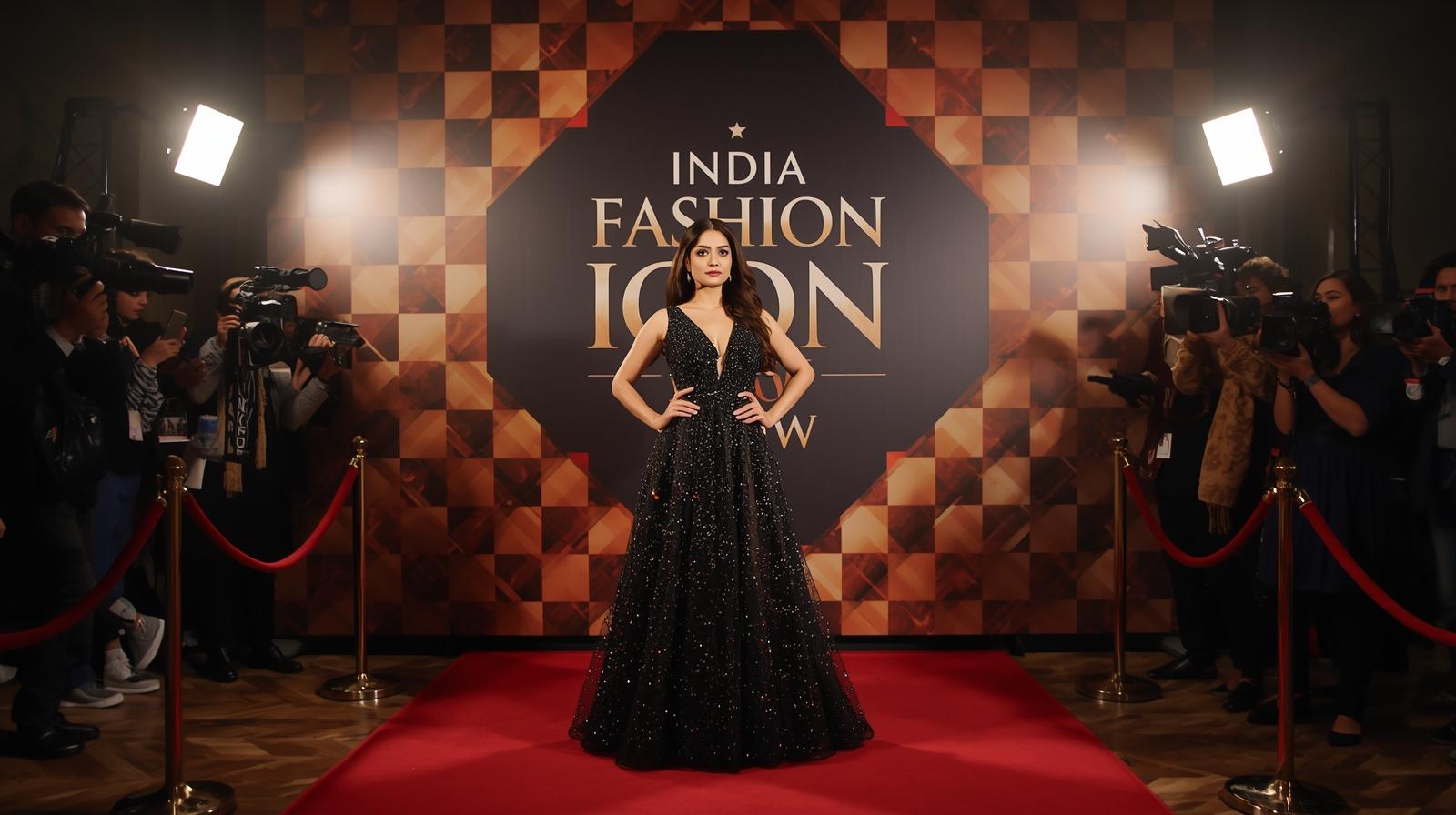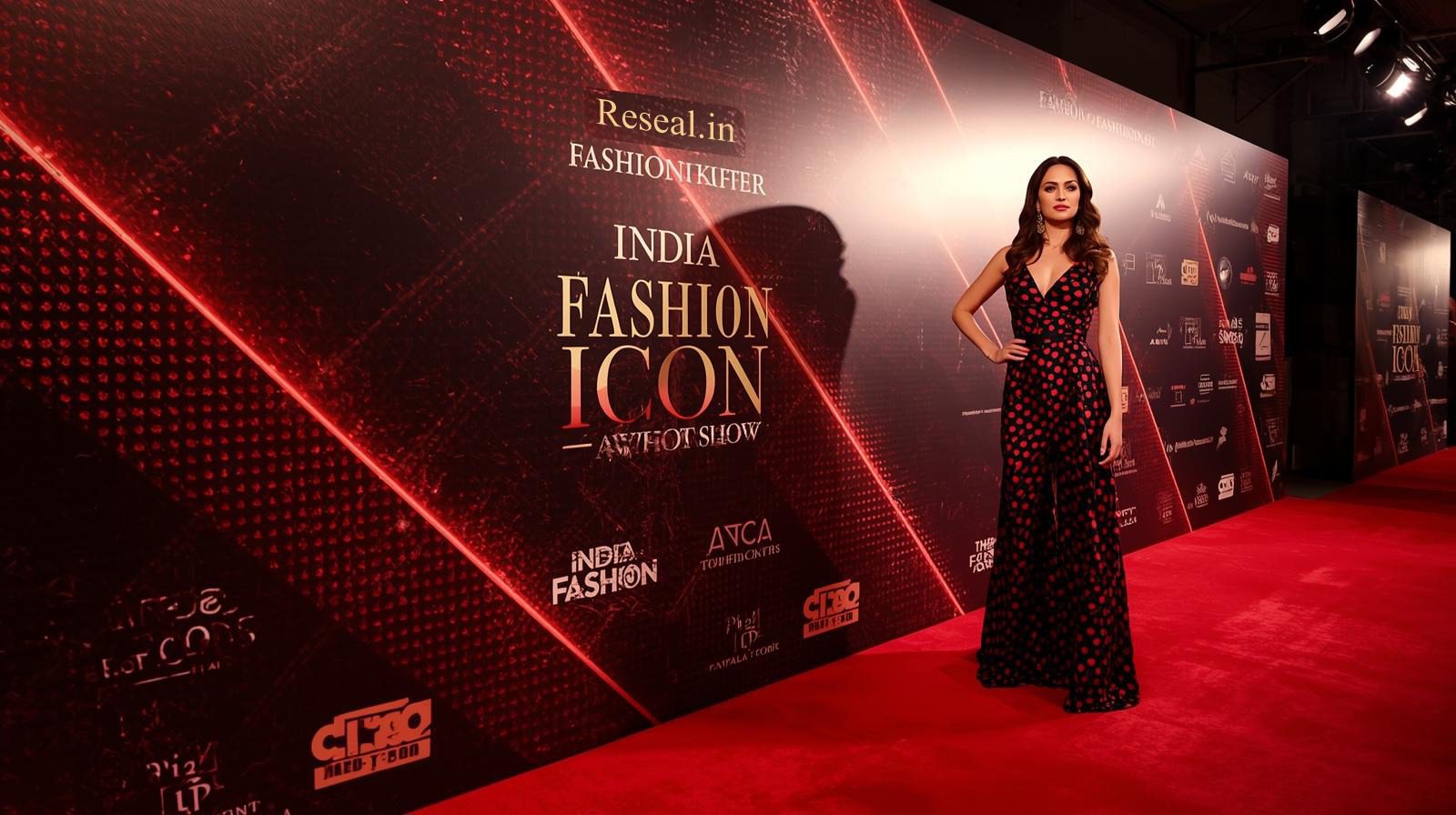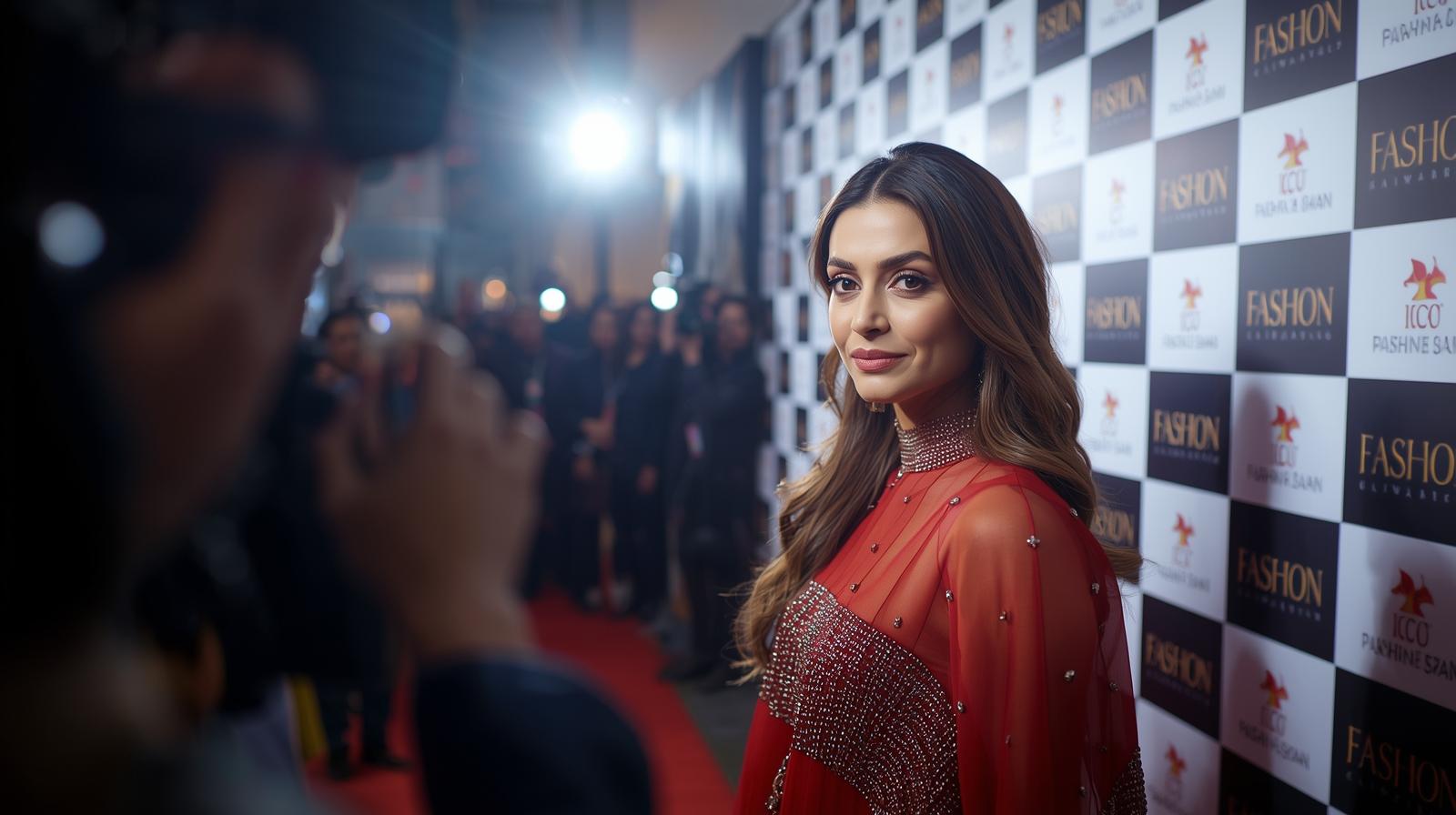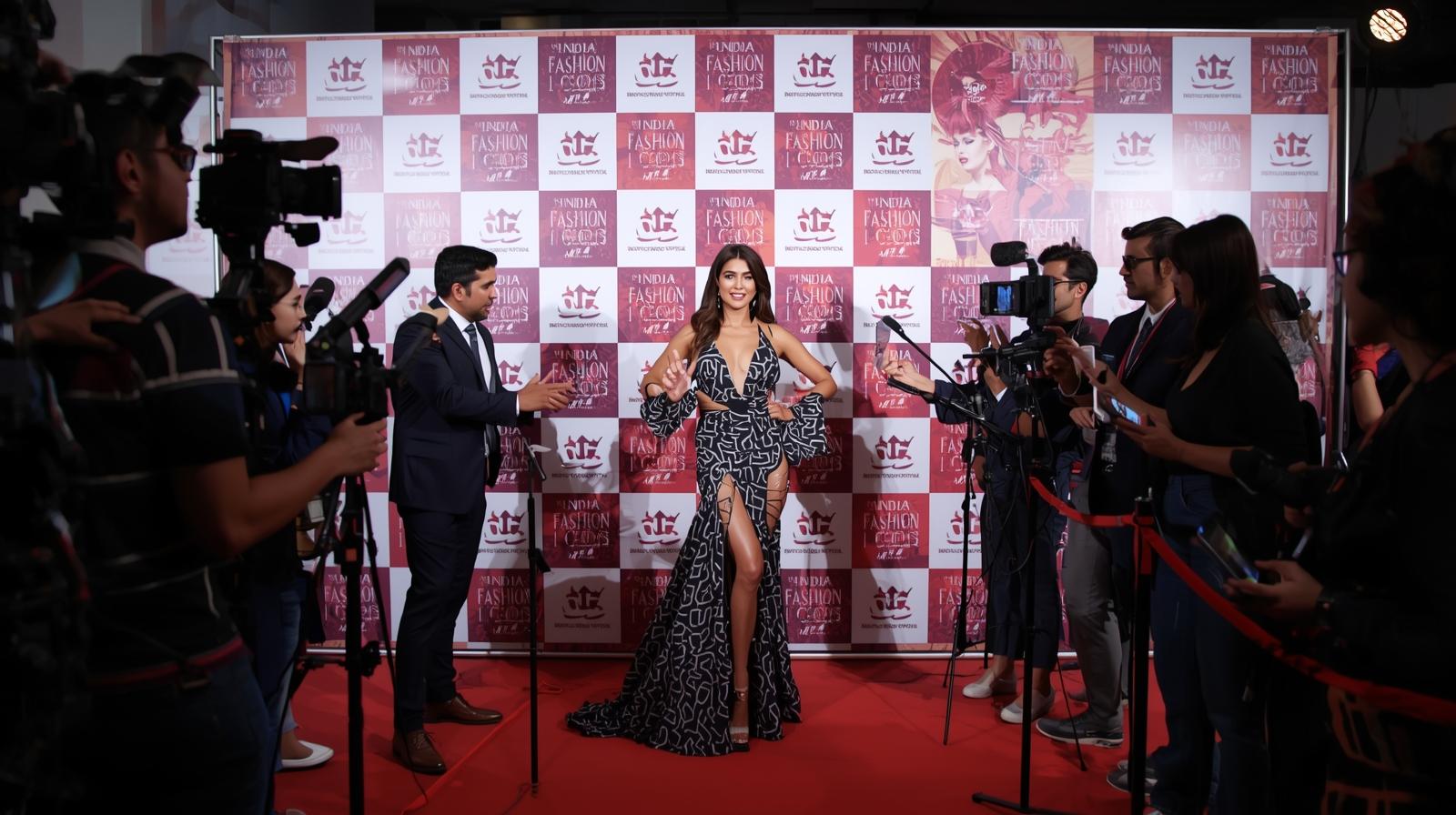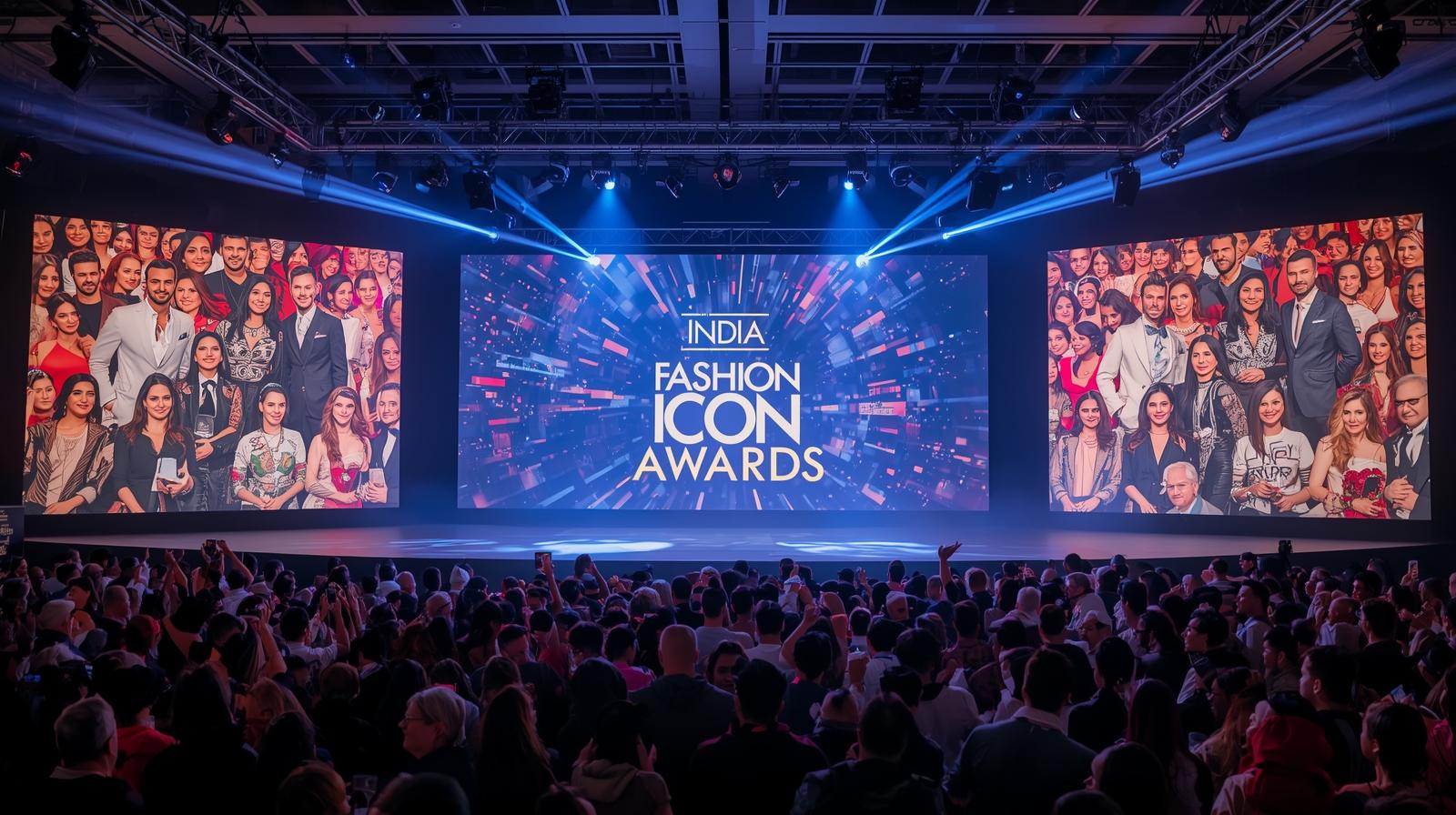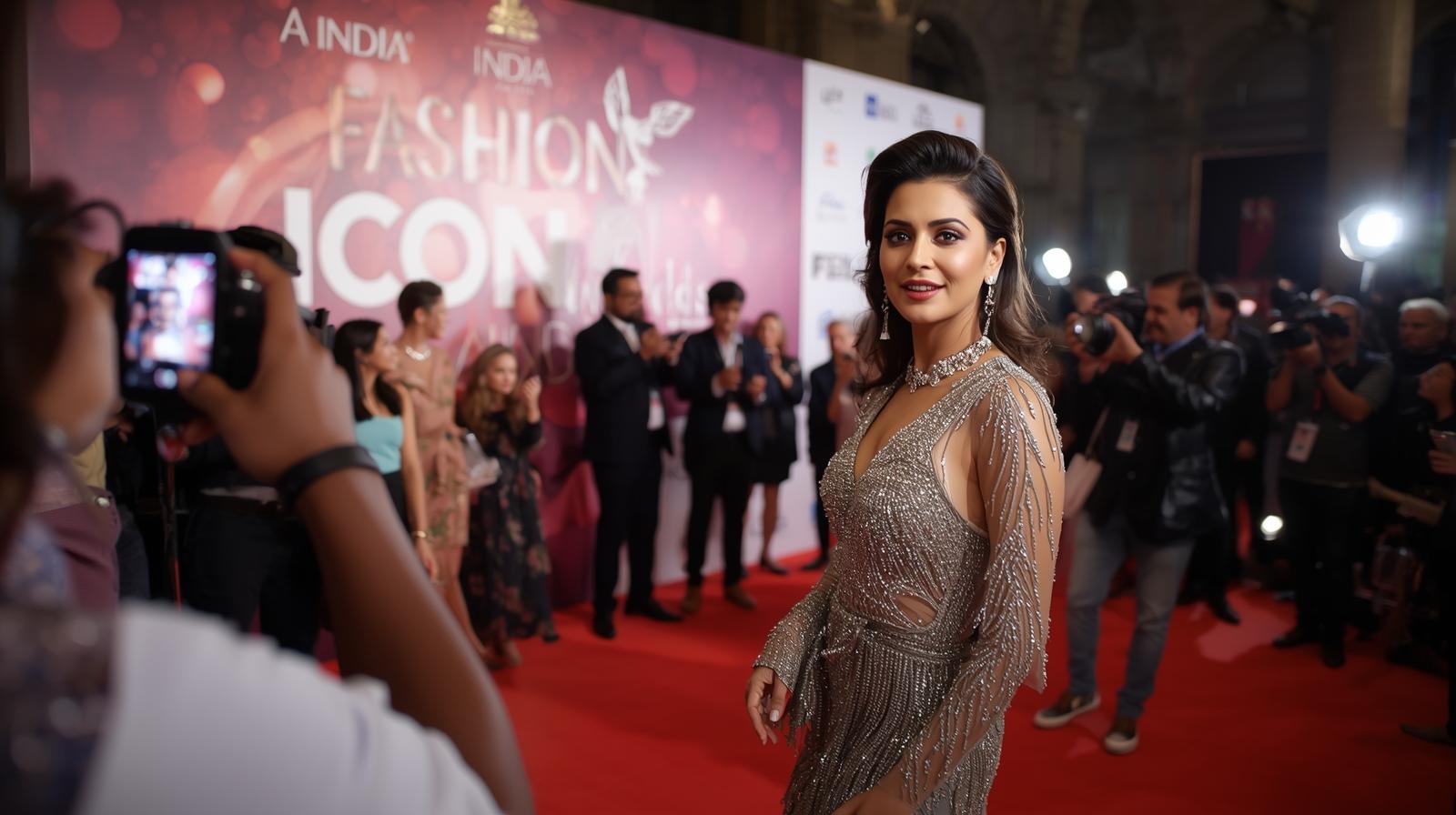A shift is underway in the way women dress today. Minimalism in fashion is no longer niche. Rather, it reflects deeper changes in lifestyle—simplicity, functionality, sustainability. Across urban centers, women increasingly favour pieces that are versatile, elegant, and enduring.
Why Women Are Choosing Less
First, busy lives demand easy styling. When one has less to choose from but what they do have works well together, mornings become simpler. Secondly, economic and environmental awareness plays a part. Thoughtful purchasing reduces waste and slows down the fast-fashion cycle. Thirdly, personal expression is changing: subtlety, craftsmanship and quiet confidence are in vogue instead of loud logos or hectic prints.
Key Elements
Several design and wardrobe features are now staples in this trend:
-
Clean silhouettes: tailored trousers, straight cuts, simple dresses.
-
Neutral palettes: black, white, beige, muted tones dominate.
-
Multipurpose pieces: items that transition from work to casual outings.
-
Understated details: minimal embellishments, small or no visible logos.
-
High-quality fabrics: cotton, linen, silk blends that last.
These features serve both aesthetics and practicality.
Impact of Sustainability
Minimalism and sustainability often go hand in hand. Women increasingly expect ethical production, eco-friendly materials and durability. Brands are responding by offering capsule wardrobes—collections of essential pieces designed to be worn often and styled multiple ways. This approach reduces consumption and promotes better resource usage.
Minimalism & Timeless Values
Minimalist fashion is more than trend—it links to timeless values. Resilience: clothes made well endure wear and season changes. Authenticity: choosing what resonates with personal style rather than chasing every trend. Grace: elegance through restraint often appears more refined. Also, minimalism can reflect mindfulness: being aware of one’s choices, understanding one’s wardrobe, reducing clutter.
Challenges & Criticisms
However, minimalism is not without its challenges. For many, the cost of high-quality minimal pieces is high. It requires investment. Also, minimalism risks becoming uniform; if everyone dresses in neutral palettes and clean lines, personal distinction might get lost. Lastly, some consumers may feel minimalism is restrictive or lacks fun. Striking balance—between expression and simplicity—remains key.
For more style updates & exclusive fashion stories follow indiafashionicon.com

 info@indiafashionicon.com
info@indiafashionicon.com
